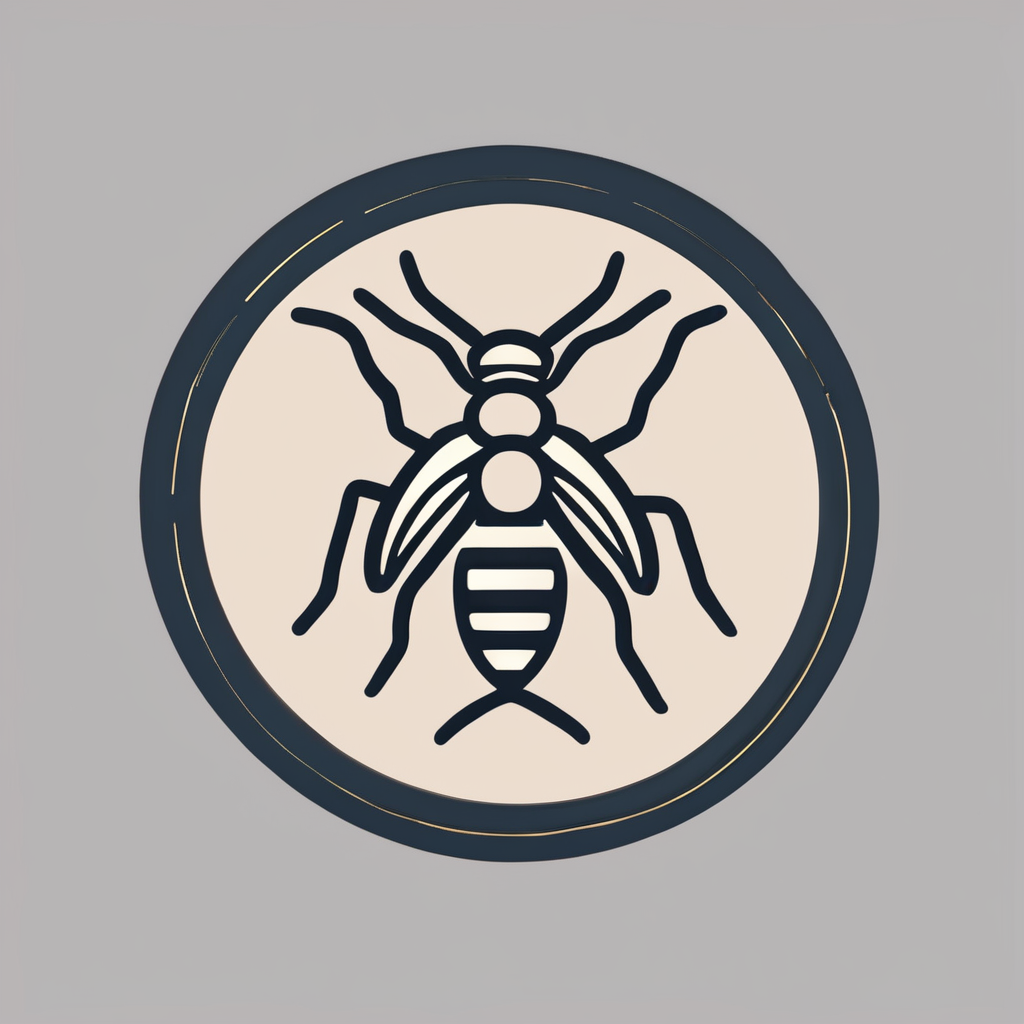Overview of Mental Health Benefits of Creativity
Engaging in creative activities has profound mental health benefits, fostering both emotional expression and stress relief. When individuals engage in activities like painting, drawing, or writing, it provides them with an outlet for emotions, aiding in the management of stress and anxiety. By channelling emotions into creative expression, individuals often experience a reduction in negative feelings.
Research shows a clear link between creative engagement and increased happiness. The act of creating something new can lead to a sense of accomplishment and joy, enhancing one’s mood and overall well-being. For instance, studies indicate that the process of engaging creatively boosts dopamine, a neurotransmitter related to feelings of pleasure and satisfaction.
This might interest you : Discover the Magic: Hypnotherapy’s Role in Mastering Chronic Pain Relief
Moreover, creativity is closely associated with psychological resilience. Engaging in these activities not only offers immediate relief from stress but also equips individuals with long-term coping strategies for dealing with life’s challenges. Over time, these creative practices can fortify mental resilience, promoting a better capacity to adapt to change and handle adversity effectively.
These findings highlight the importance of creativity in fostering not only emotional well-being but also a robust, resilient mental state. Adopting regular creative practices can lead to enduring improvements in mental health, contributing to a more balanced, fulfilling life.
Topic to read : Discover How Yoga Boosts Mental Wellness in High-Stress Careers
Creative Hobbies That Promote Well-Being
Engaging in creative hobbies fosters both mental health and overall well-being. Choosing activities like visual arts, performing arts, or writing can offer a multitude of mental and emotional benefits. Each medium offers unique opportunities for personal expression and growth.
Visual Arts
Painting and drawing are renowned for their therapeutic effects, as they provide an avenue for expressing emotions non-verbally. One notable case study revolves around an artist who used visual arts as a path to mental wellness. By regularly engaging in these activities, they experienced reduced stress and improved emotional clarity. For anyone starting out, a simple tip is to let go of perfection and enjoy the process of creating.
Performing Arts
Music and dance have profound effects on mental health, often serving as a release for pent-up emotions. Personal anecdotes often highlight individuals who have found solace and healing through performance. Participating in community theatre or dance classes can be a delightful way to explore these benefits, allowing individuals to connect with others while nurturing their creative side.
Writing and Literature
Journaling and creative writing promote mental clarity by facilitating self-reflection and emotional understanding. Many coaches and therapists incorporate writing as a tool for personal development. For those looking to delve into writing, resources focused on mental health and creativity can provide a supportive backdrop for growth.
Tips for Incorporating Creative Activities into Daily Life
Integrating daily creativity into one’s routine can seem challenging amidst busy schedules, but with some practical strategies, it becomes achievable and rewarding. The key is setting aside dedicated time for creative pursuits. Start by identifying pockets of free time—perhaps ten minutes every morning or during lunch breaks.
Balancing creativity with daily responsibilities requires a thoughtful approach. Ensure that your chosen activity resonates with you emotionally, providing well-being benefits that make it worth the commitment. For instance, take up doodling while on a call, or keep a journal by your bedside for nightly reflection.
Creating a supportive environment is crucial for sustaining these habits. Surround yourself with materials that inspire, whether it’s a well-stocked art kit or a collection of literary works. Invite family members to participate in these activities, fostering a shared household culture of creativity.
Remember, by weaving artistic expression into everyday life, you can enhance emotional well-being and maintain a harmonious balance. Hobby integration is less about finding more time and more about enriching the time you already have. This consistent practice not only enriches life but also promotes long-term mental health benefits.
Research Supporting Creative Engagement for Mental Health
Scientific inquiry consistently underscores the value of creativity in bolstering mental health. A plethora of studies have highlighted how engaging in creative activities can lead to significant improvements in emotional well-being. In one compelling study, participants engaging in creative pursuits demonstrated reduced symptoms of anxiety and depression. These findings solidify the notion that creativity positively impacts mental health, offering a sustainable method for managing stress.
Mental health professionals frequently advocate for integrating creativity into therapeutic settings. Therapists often encourage clients to engage in artistic hobbies as a means of improving emotional insight and processing feelings. Expert opinions align on creativity being a powerful tool to help individuals navigate complex emotions, develop resilience, and foster a positive mental outlook.
Researchers continue to explore how creativity can further influence mental health treatment paradigms. Future research directions include studying creativity’s potential in enhancing therapeutic outcomes, possibly providing a non-invasive means to complement traditional psychological interventions. The evolving understanding of creativity’s role in mental health treatment opens a promising avenue for holistic healing approaches, making creative expression not just beneficial, but an essential component of mental well-being.
